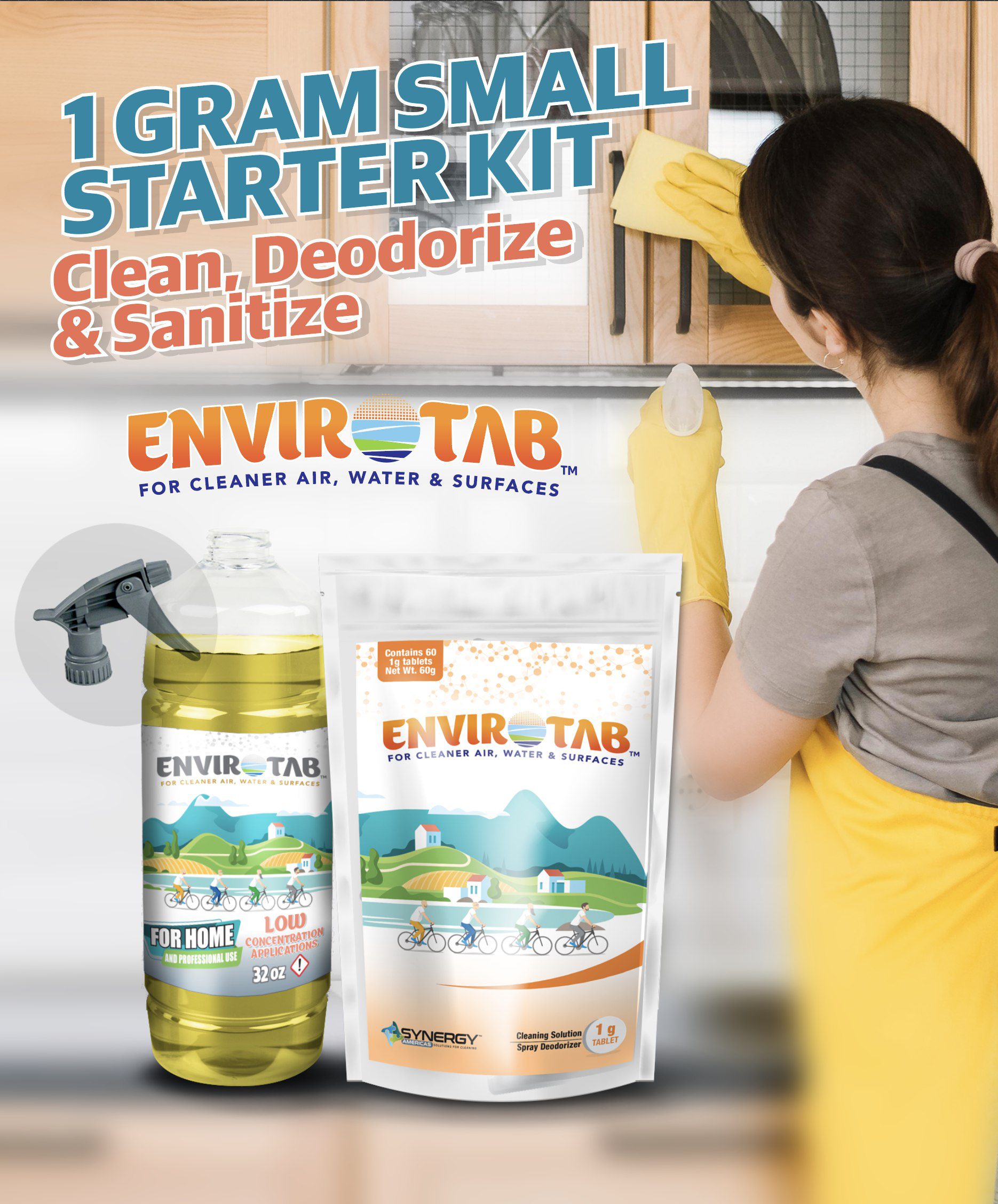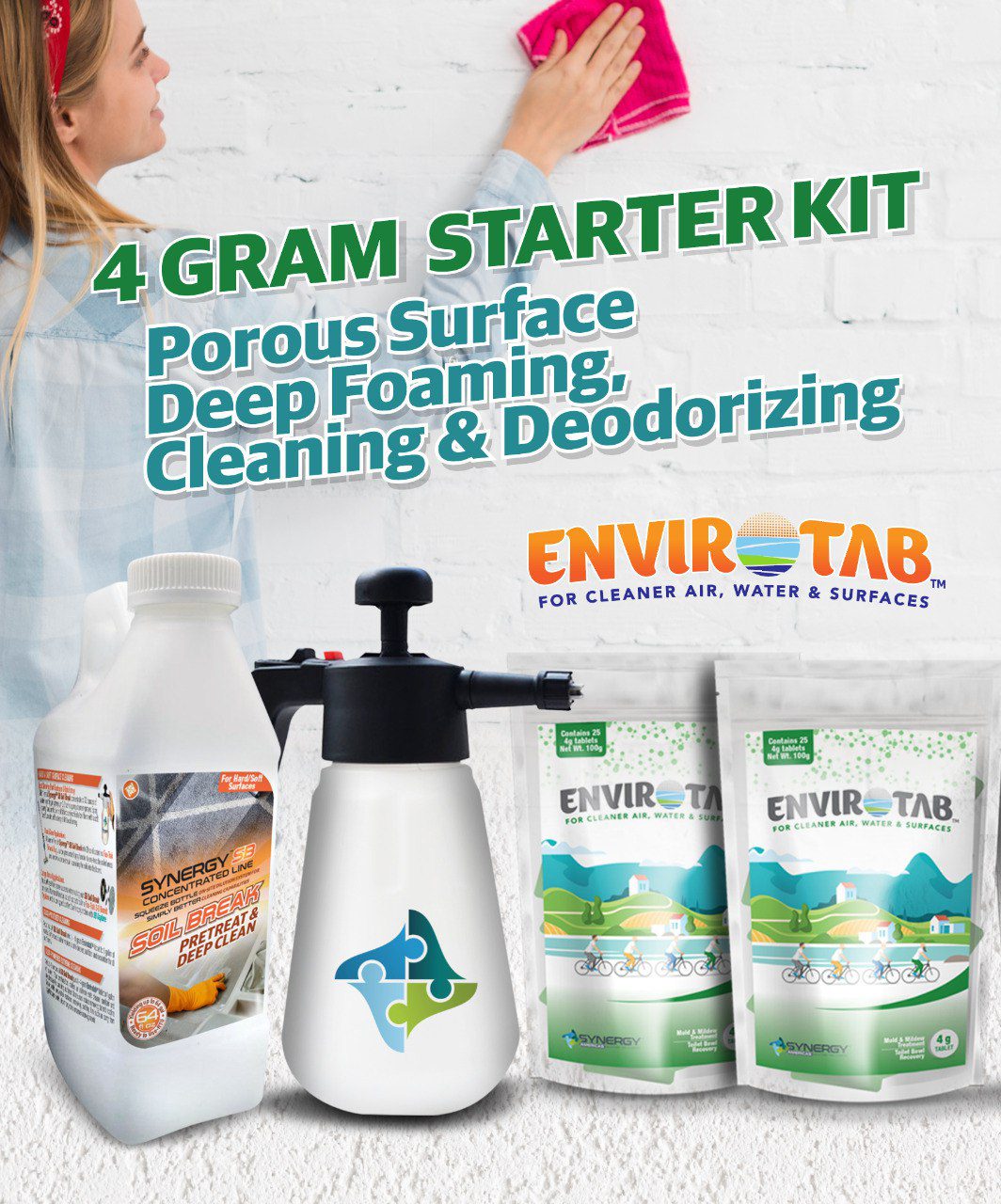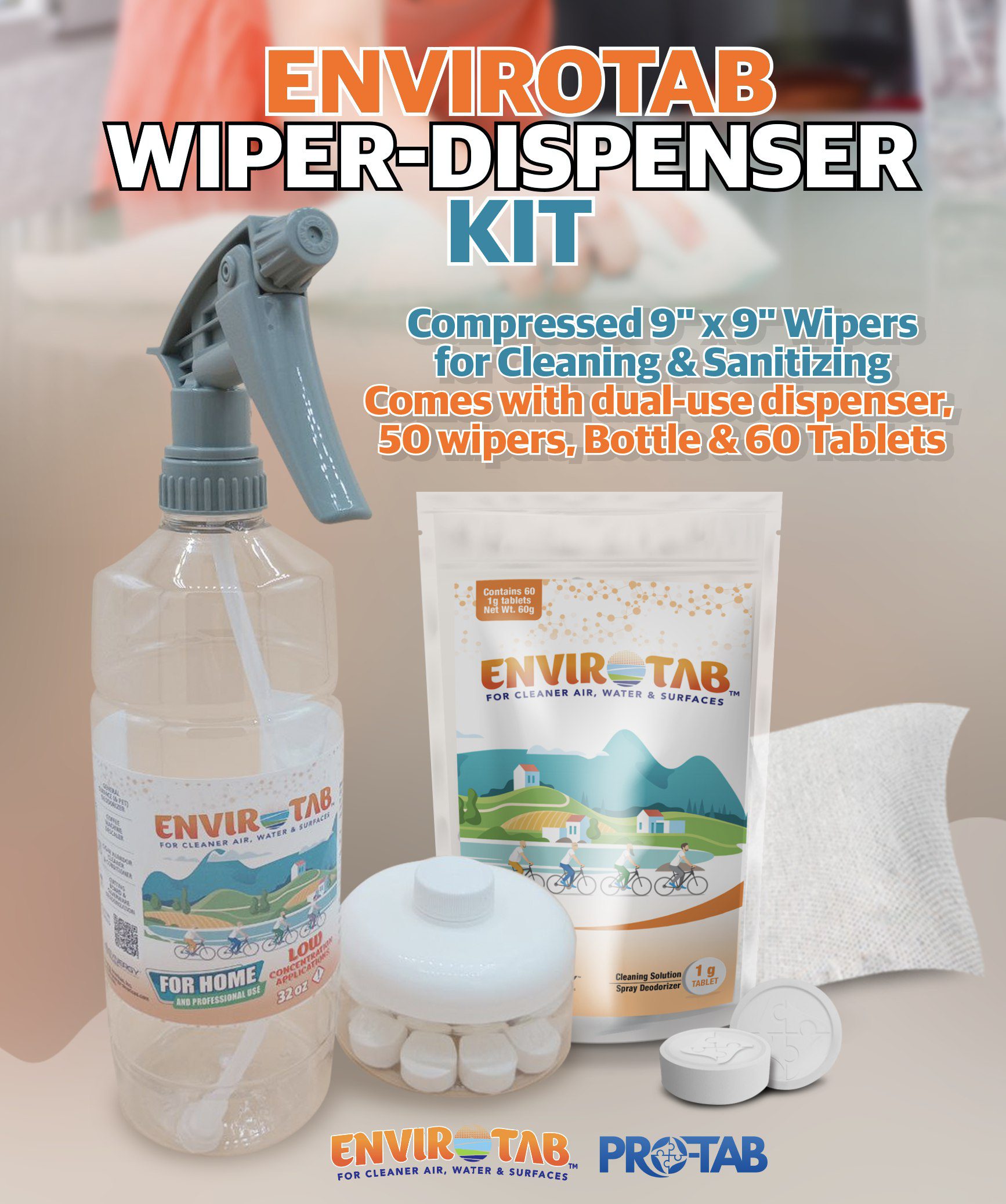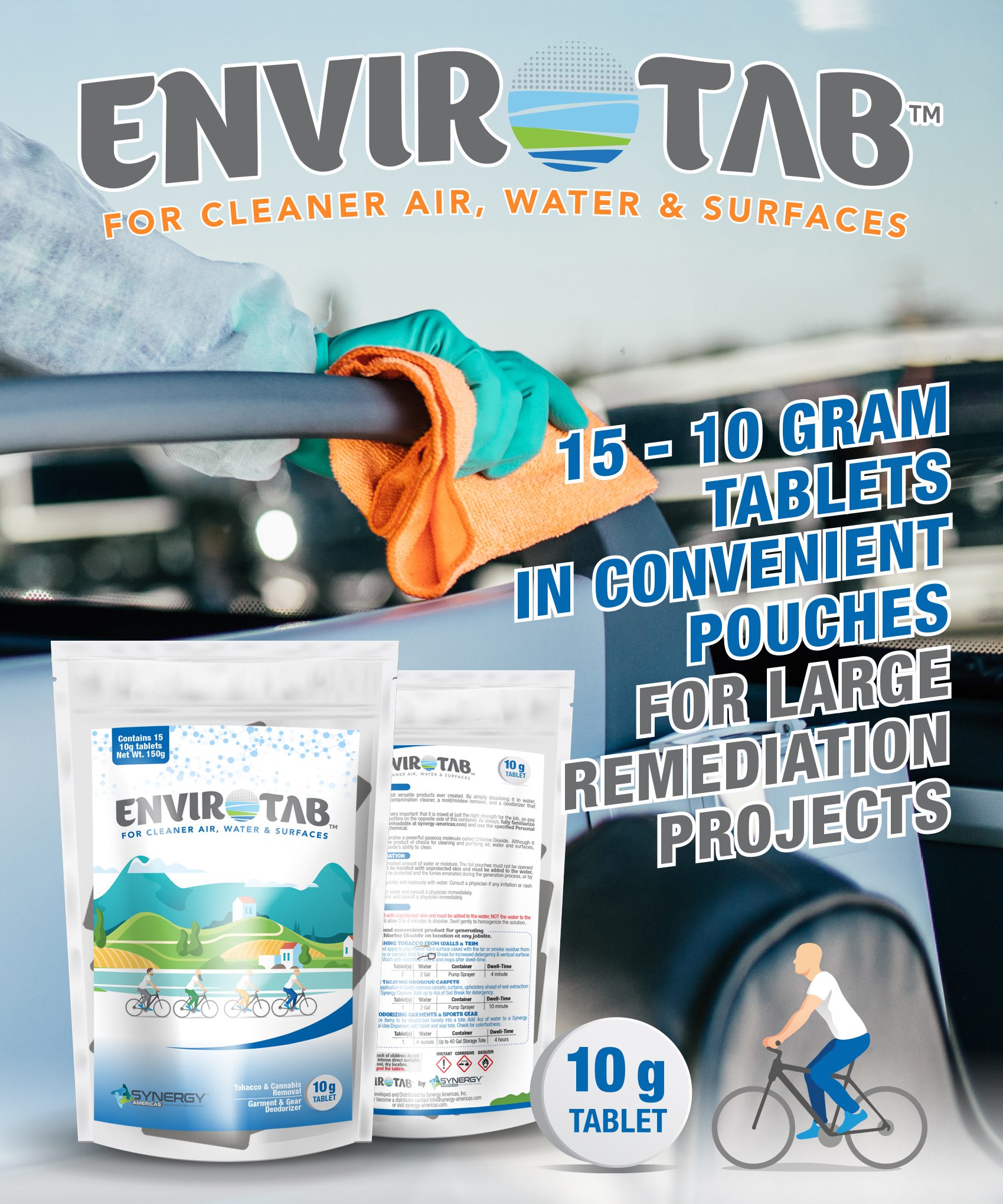The Hidden Challenges of Hydroponic Growing
Hydroponics has transformed modern agriculture. By growing plants in nutrient-rich water rather than soil, growers achieve faster growth, higher yields, and precise control over plant nutrition.
But hydroponics comes with unique challenges: biofilm, algae, mold, root rot, and bacterial contamination can spread quickly through a closed water system, threatening the entire crop. One contaminated reservoir can compromise weeks of work.
Enter chlorine dioxide (ClO₂) — a powerful, safe, and eco-friendly solution that ensures clean water, healthy roots, and robust plant growth in hydroponic systems. From seedlings to harvest, ClO₂ is revolutionizing hydroponic cultivation.
Seedling Stage: Clean Water from the Start
The first step in hydroponics is establishing a healthy root zone. Seeds and seedlings are especially vulnerable to bacterial or fungal contamination in water reservoirs.
ClO₂ provides:
-
Pathogen control: Eliminates harmful bacteria, fungi, and algae in nutrient water.
-
Enhanced germination: Healthy seedlings sprout uniformly without early stress.
-
Root protection: Prevents damping-off and other waterborne diseases.
Starting with clean water ensures the roots grow strong and healthy, creating the foundation for a successful hydroponic cycle.
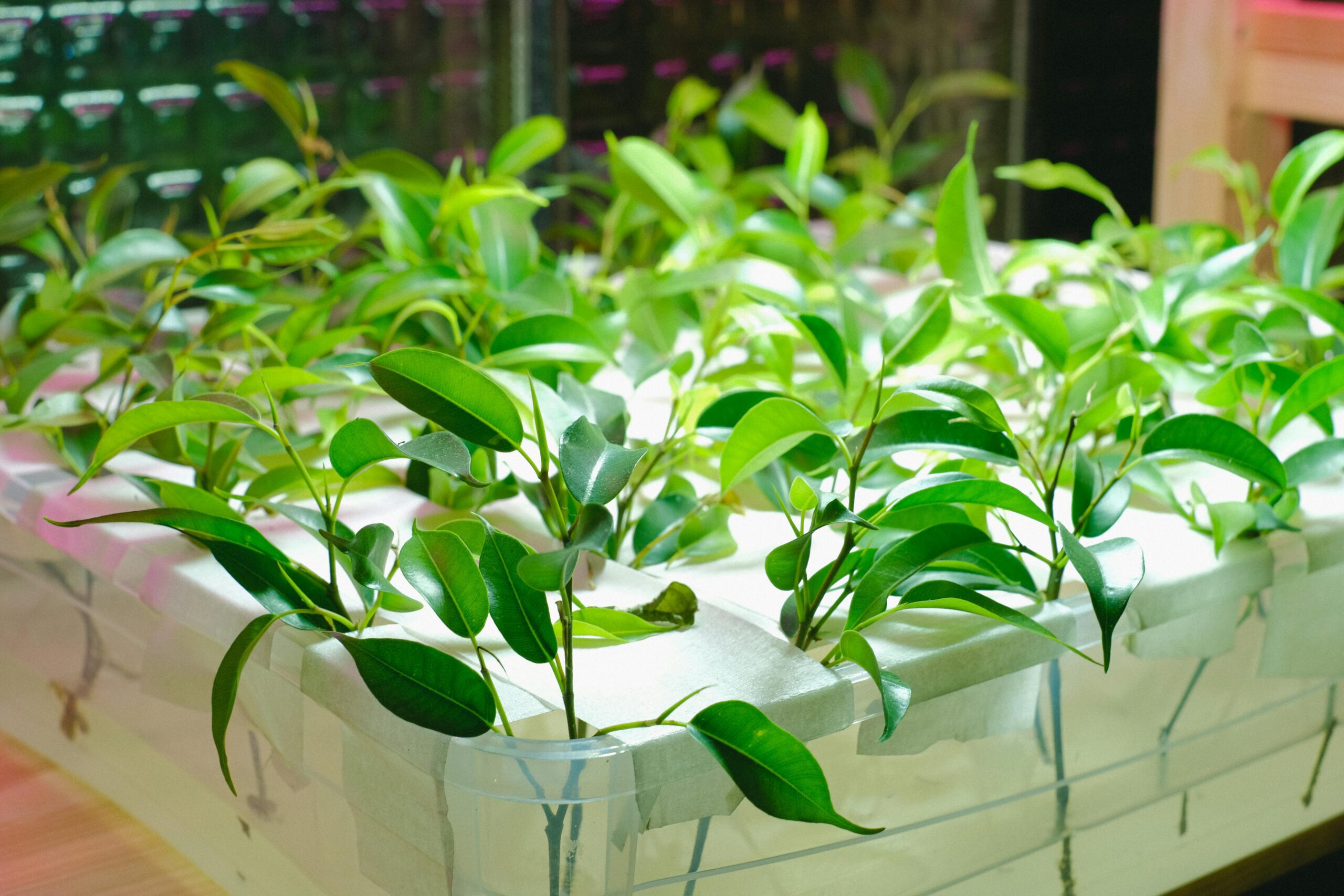 Vegetative Stage: Maintaining a Healthy Hydroponic System
Vegetative Stage: Maintaining a Healthy Hydroponic System
During vegetative growth, plants demand constant oxygen and nutrient delivery. Contaminated water slows growth, reduces nutrient absorption, and can lead to root stress.
Using ClO₂ in hydroponic reservoirs helps:
-
Break down biofilm: Removes buildup on pipes, tanks, and tubing.
-
Prevent algae and bacteria: Stops pathogens from spreading through the system.
-
Support root health: Promotes oxygenation and nutrient uptake.
Unlike chlorine, ClO₂ does not create harmful chloramines and leaves no chemical residues, making it ideal for edible crops, medicinal plants, and high-value vegetables.
Flowering/Production Stage: Protecting Buds and Fruits
As plants transition to flowering or fruit production, they become more sensitive to water quality issues. Pathogens can stunt growth, reduce yield, or compromise product safety.
ClO₂ provides:
-
Air and water sanitation: Reduces airborne spores and eliminates microbes in the water.
-
Bud and fruit protection: Prevents mold, mildew, and bacterial growth.
-
Sustained growth: Ensures plants receive consistent nutrients without contamination risk.
By maintaining clean water and equipment, growers can maximize both yield and quality, protecting the investment in hydroponic systems.
 System Maintenance: Clean, Safe, and Sustainable
System Maintenance: Clean, Safe, and Sustainable
Hydroponic systems require careful maintenance — tanks, tubing, and reservoirs are all susceptible to microbial growth.
ClO₂ simplifies ongoing care:
-
Reservoir treatment: Periodic ClO₂ dosing keeps water free of pathogens.
-
Equipment sanitation: Keeps pumps, tubing, and tanks free from biofilm.
-
Environmental safety: Non-toxic and biodegradable, leaving no harmful residues.
By integrating ClO₂ into routine hydroponic maintenance, growers reduce system failures, protect crops, and optimize yields sustainably.
Benefits of Using ClO₂ in Hydroponics
-
Eliminates bacteria, fungi, and algae without harming plants
-
Supports consistent nutrient delivery and root oxygenation
-
Prevents root rot and damping-off disease
-
Safe for edible crops, medicinal plants, and high-value produce
-
Reduces biofilm buildup in closed systems
-
Eco-friendly, leaving no harmful residues
 More Questions About Hydroponics with ClO₂
More Questions About Hydroponics with ClO₂
1️⃣ Is ClO₂ safe for hydroponic plants?
Yes, at proper concentrations, ClO₂ targets pathogens without harming roots or leaves.
2️⃣ Can ClO₂ prevent algae in hydroponic reservoirs?
Absolutely. ClO₂ breaks down biofilm and prevents algae from proliferating.
3️⃣ How often should ClO₂ be added to the system?
Frequency depends on water volume and system type; generally, a low dose every 1–2 weeks or continuous low-level treatment is effective.
4️⃣ Will ClO₂ affect nutrient solutions?
No. ClO₂ does not react negatively with standard hydroponic nutrients.
5️⃣ Can ClO₂ improve crop yields?
Yes. Healthier roots and cleaner water contribute to stronger plant growth and higher-quality yields.
6️⃣ Is it safe for edible or medicinal crops?
Yes, ClO₂ leaves no harmful residues and is safe for human consumption.
7️⃣ Can ClO₂ be used in NFT, DWC, and drip systems?
Yes, it is compatible with all hydroponic system types when properly dosed.
8️⃣ Does ClO₂ replace all cleaning protocols?
It complements routine cleaning and disinfection, reducing pathogen buildup between cycles.
9️⃣ Is ClO₂ environmentally friendly?
Yes, it degrades into harmless salts and is biodegradable.
🔟 Can ClO₂ be used for seedlings and mature plants?
Yes, it is effective at all stages, protecting both young and mature crops.
Conclusion: Cleaner Water, Stronger Hydroponic Growth
Hydroponic cultivation is only as strong as the water that feeds it. Chlorine dioxide (ClO₂) empowers growers to eliminate hidden pathogens, prevent algae and biofilm, and maintain healthy roots throughout every growth stage. By integrating ClO₂, cultivators protect their crops, improve yields, and grow sustainably — without harsh chemicals or residual toxins. Stronger roots, cleaner systems, and higher-quality harvests aren’t just possible; they’re achievable. Hydroponic growers can finally focus on what matters most: healthy plants and thriving crops, every cycle. 💧🌱
Call today for your Free consult!

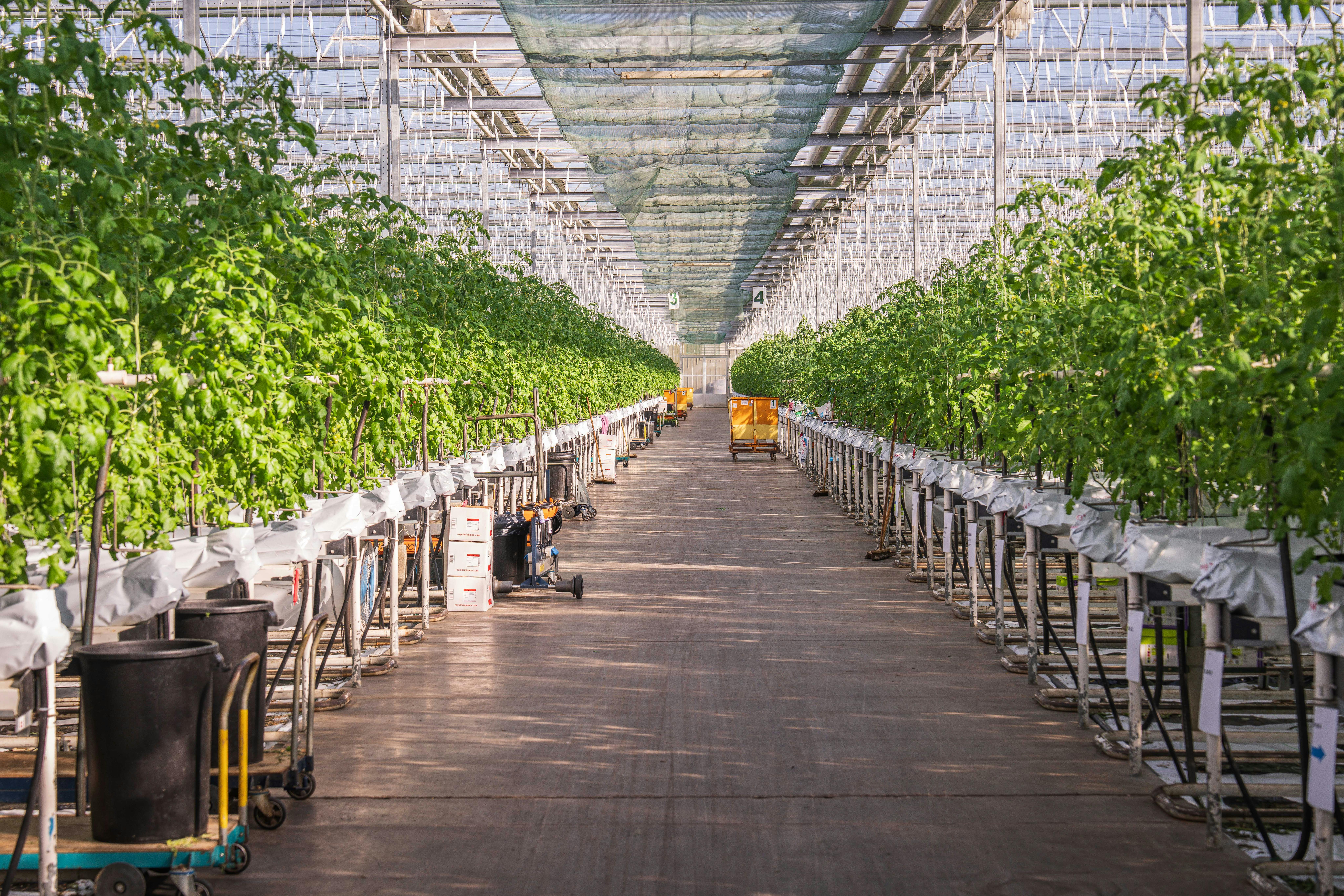 System Maintenance: Clean, Safe, and Sustainable
System Maintenance: Clean, Safe, and Sustainable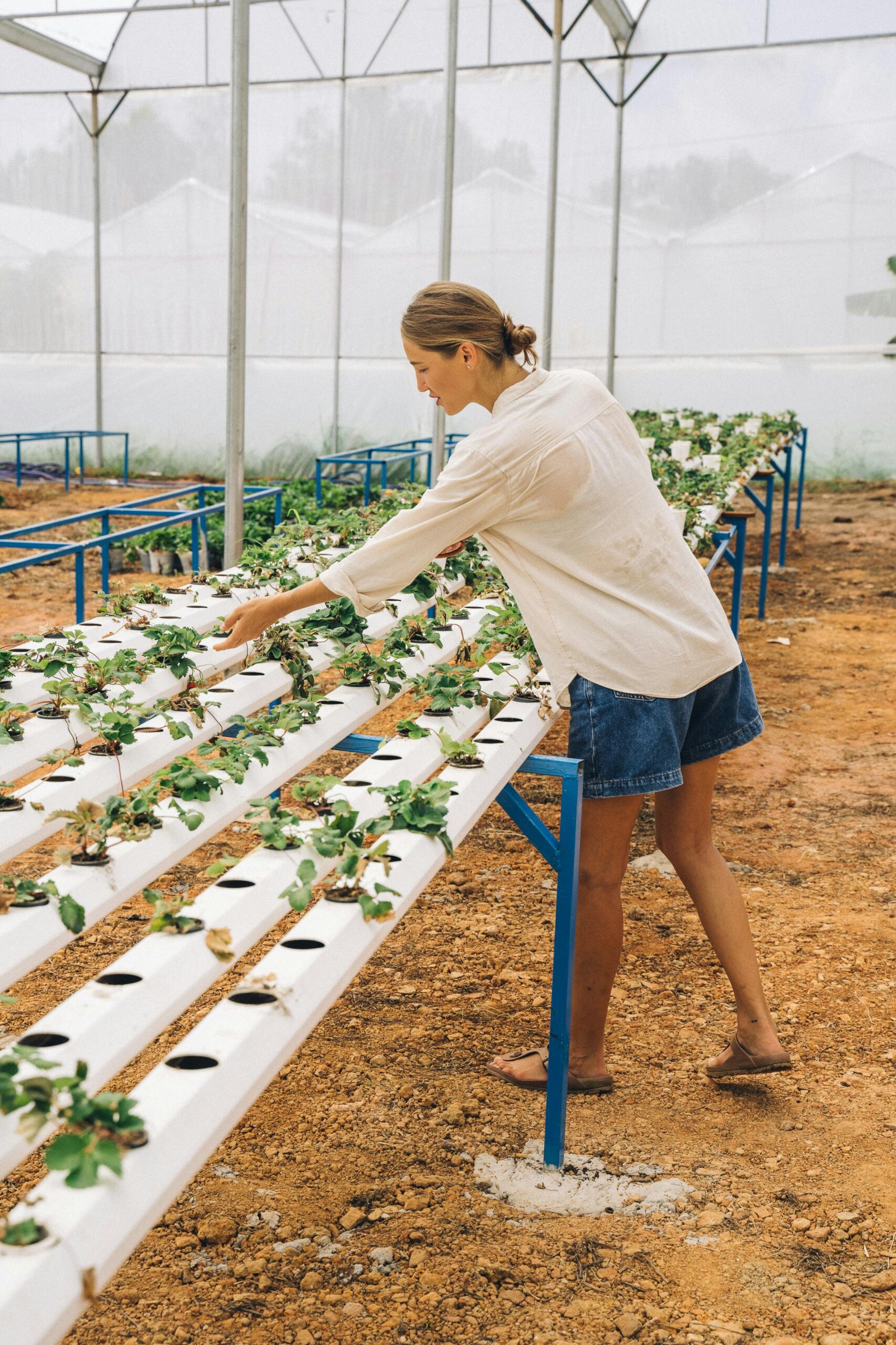 More Questions About Hydroponics with ClO₂
More Questions About Hydroponics with ClO₂